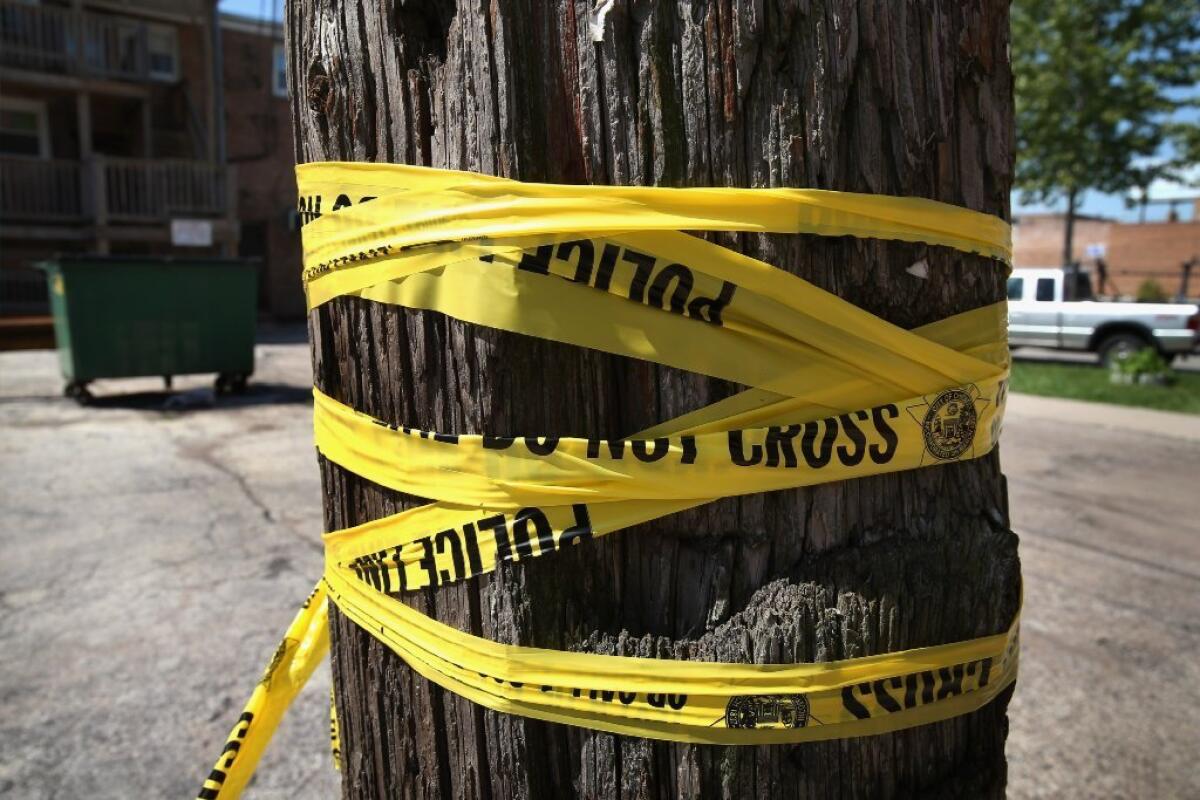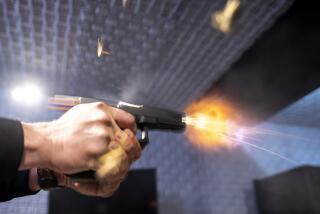Guns, violence, revenge: Talking to victims in an urban hospital ER

If you wanted to gauge the attitudes and injury prospects of young people who live near violence, the emergency room of Hurley Medical Center in Flint, Mich., might be a good place to start.
But don’t expect to be reassured by what you learn.
Nearly 1 in 4 of the young people surveyed by University of Michigan researchers had a gun, and most who owned a gun not only had much higher rates of binge drinking and opioid use but were more likely than people who didn’t own guns to believe that violence and revenge were acceptable responses to the violence around them.
About 70 miles north of Detroit, Flint has the highest rate of violent crime of any U.S. city with more than 100,000 residents. Its automotive plants largely closed, Flint has lost about 20% of its population since 2000, and a little more than a third of its 102,000 residents live in poverty. Hurley, the only public hospital in Flint, has the only level-1 trauma center for the region.
So it was here that the researchers set up shop, spending about half an hour interviewing patients between the ages of 14 and 24 who were being seen at Hurley for injuries sustained in an assault. Between February 2010 and September 2011, they asked 689 assault victims about gun ownership and how they obtained their firearms, surveyed their history of drug use and alcohol consumption, and gauged their attitudes on violence and revenge.
The results, published Monday in the journal Pediatrics, suggests that assault victims seen in urban emergency rooms are likely to be a good population for interventions designed to reduce gun injuries.
In this sample of participants, interviewed shortly after they came in with their injuries, 23.1% reported that they had owned a firearm in the last six months for purposes other than sports or hunting. And 41.5% reported carrying that weapon outside their homes.
Compared with those not owning a gun, those who said they had one were more likely to have been involved in a serious physical fight in the last six months (85.5% vs. 79.6%), and to have caused injury to someone else that required treatment (45.9% vs. 20.6%).
Almost a quarter of those who said they owned a gun had a high-capacity weapon that was automatic or semiautomatic, less than 1 in 5 of which was obtained legally. Among this group of gun owners, 32.1% said they believed that “revenge is a good thing,” and 14.3% said they carried a gun to “scare someone” or to “get back at someone.”
The gun owners in this population were more likely to be of higher socioeconomic status, and race was not a good predictor of gun ownership. Though males were far more likely to own guns than were females, 30% of the gun owners identified in the Flint survey were women, “highlighting the need to include both genders in injury prevention efforts,” the authors said.







